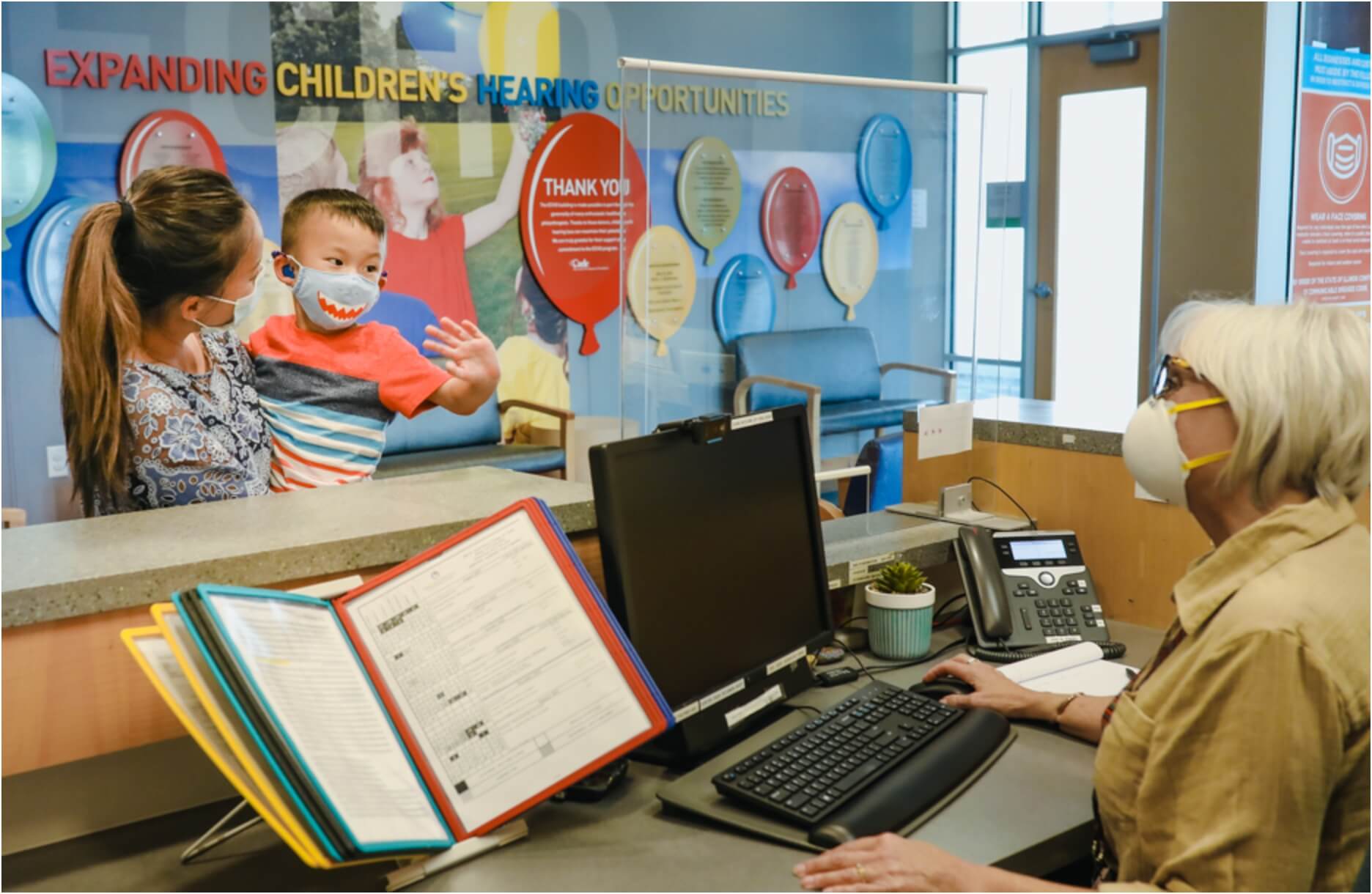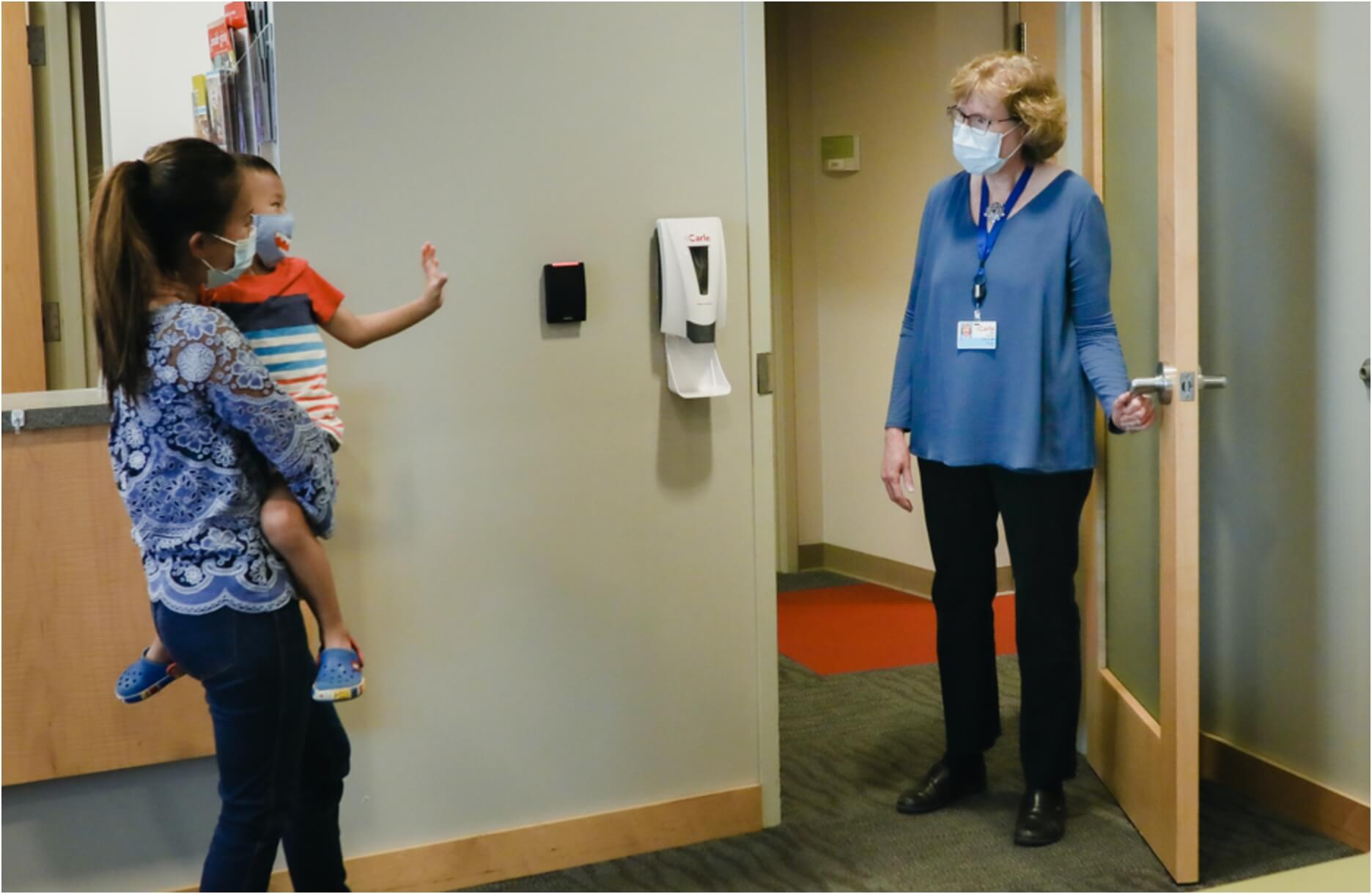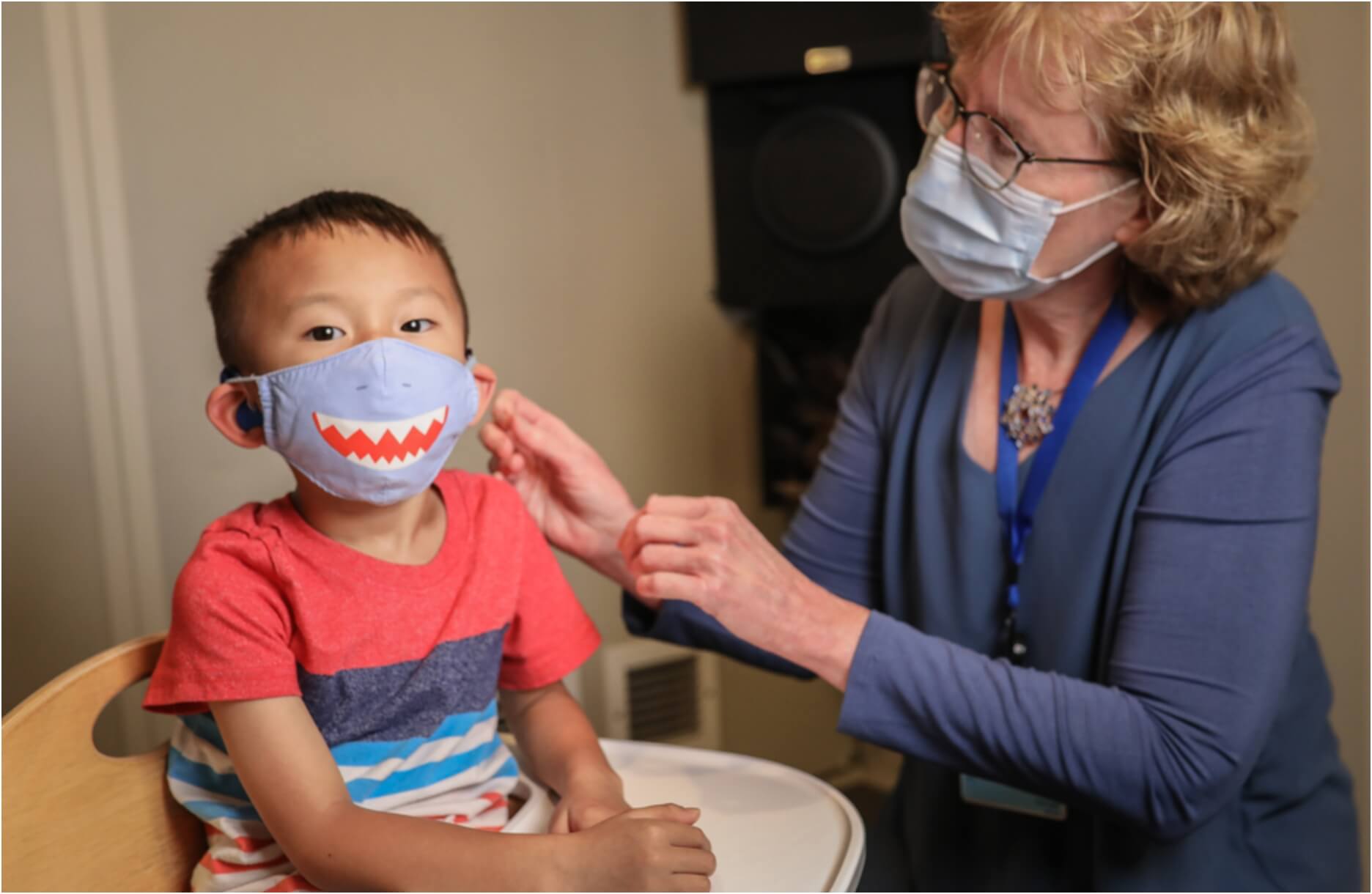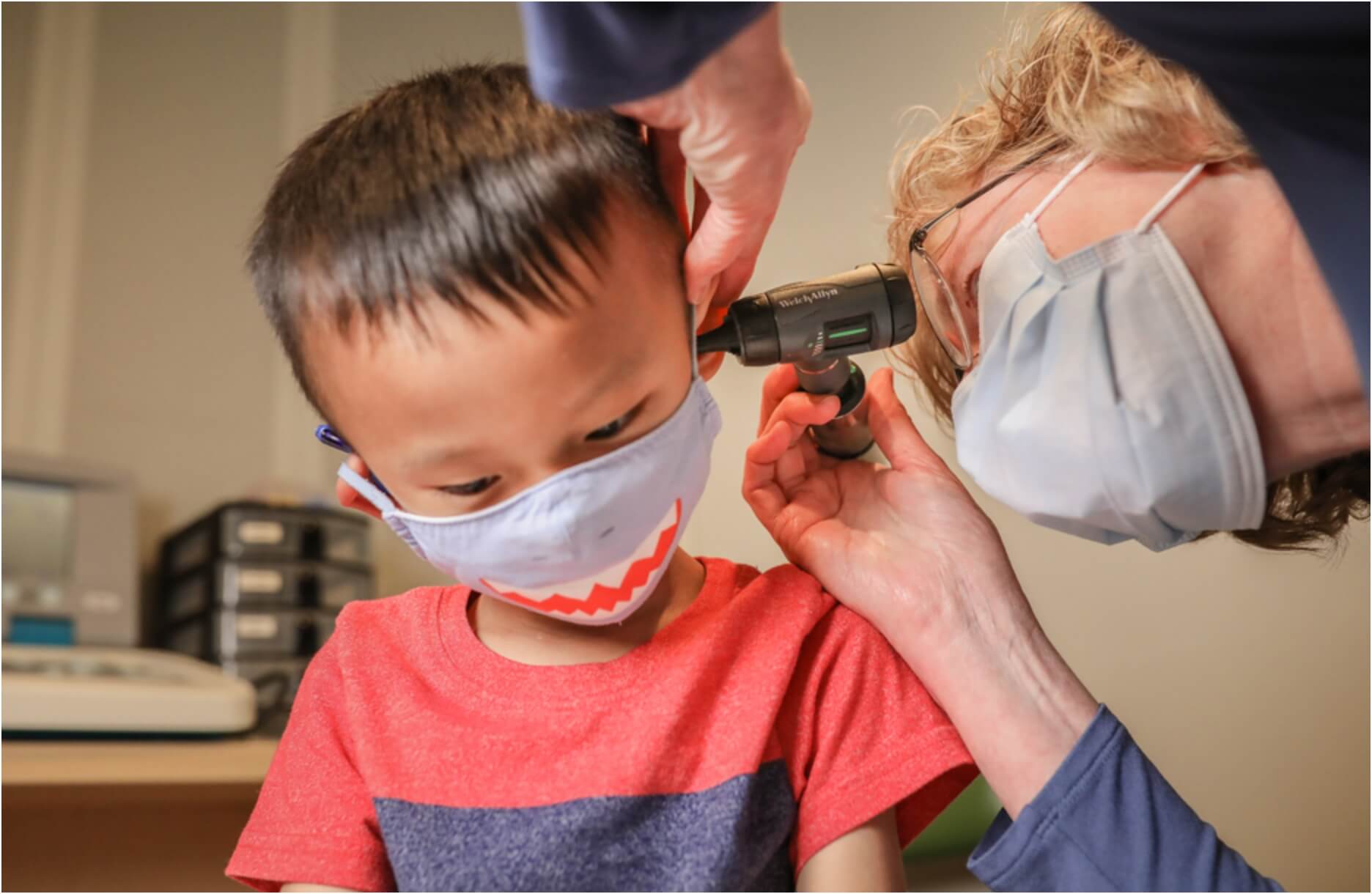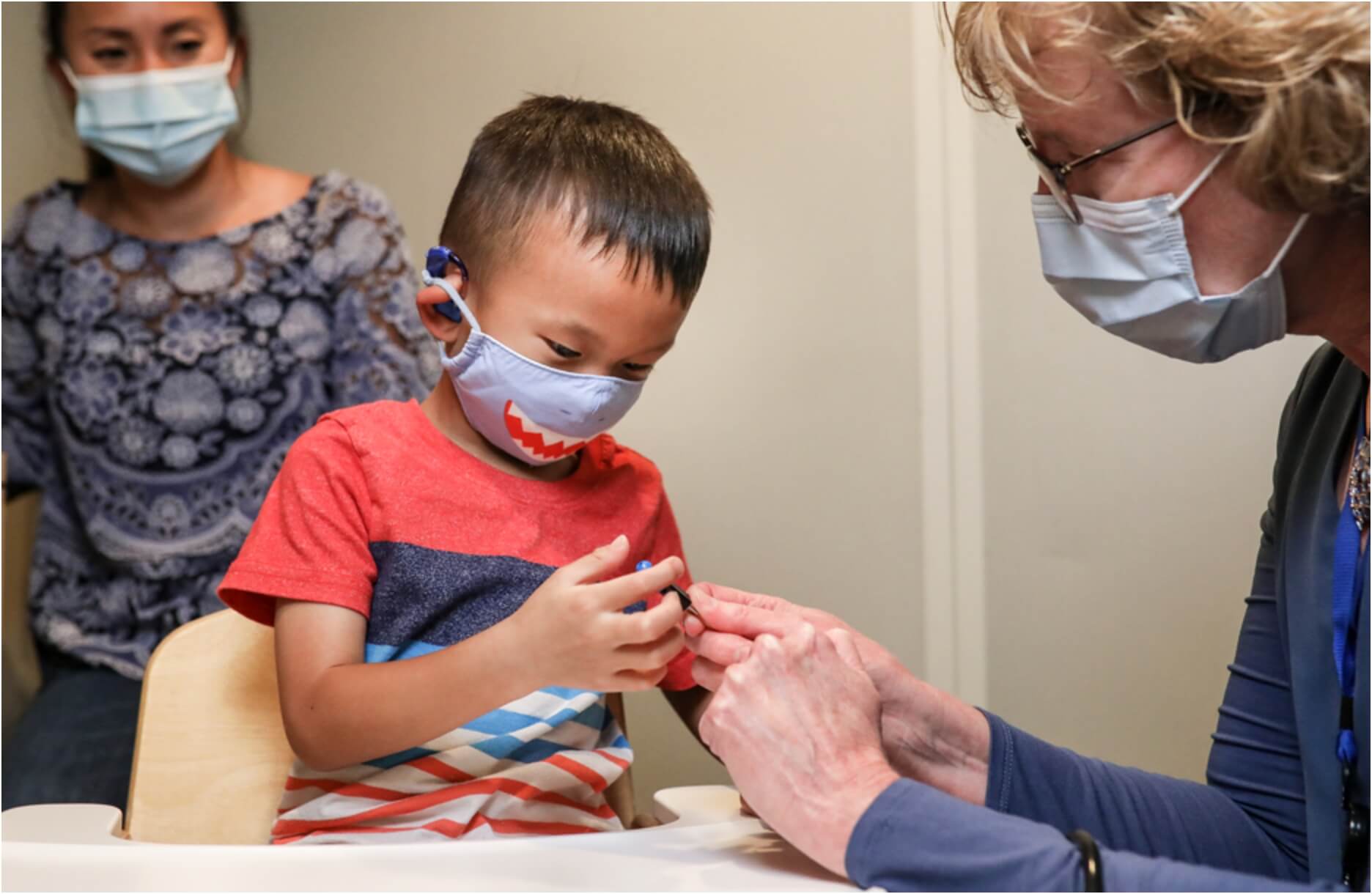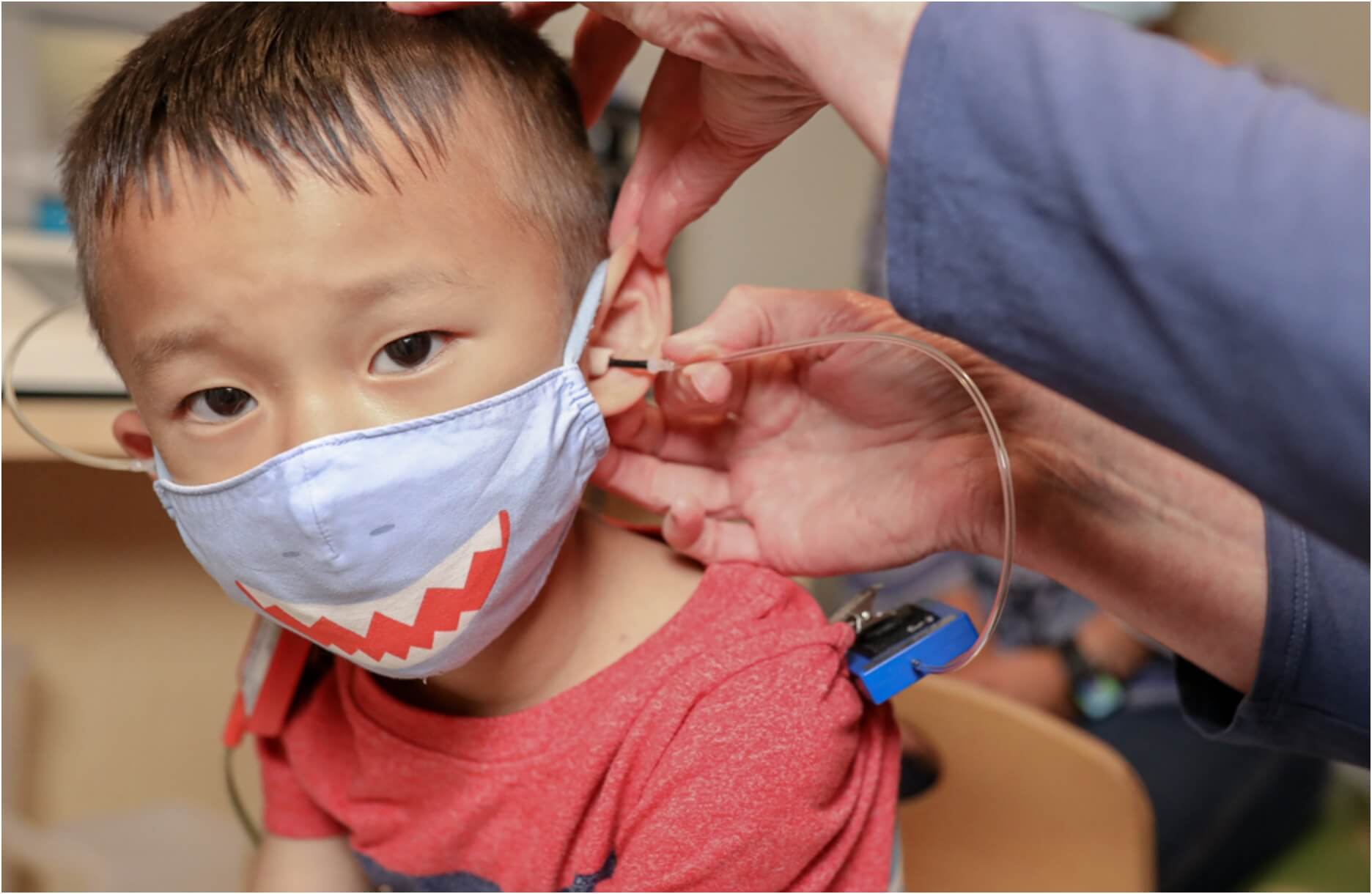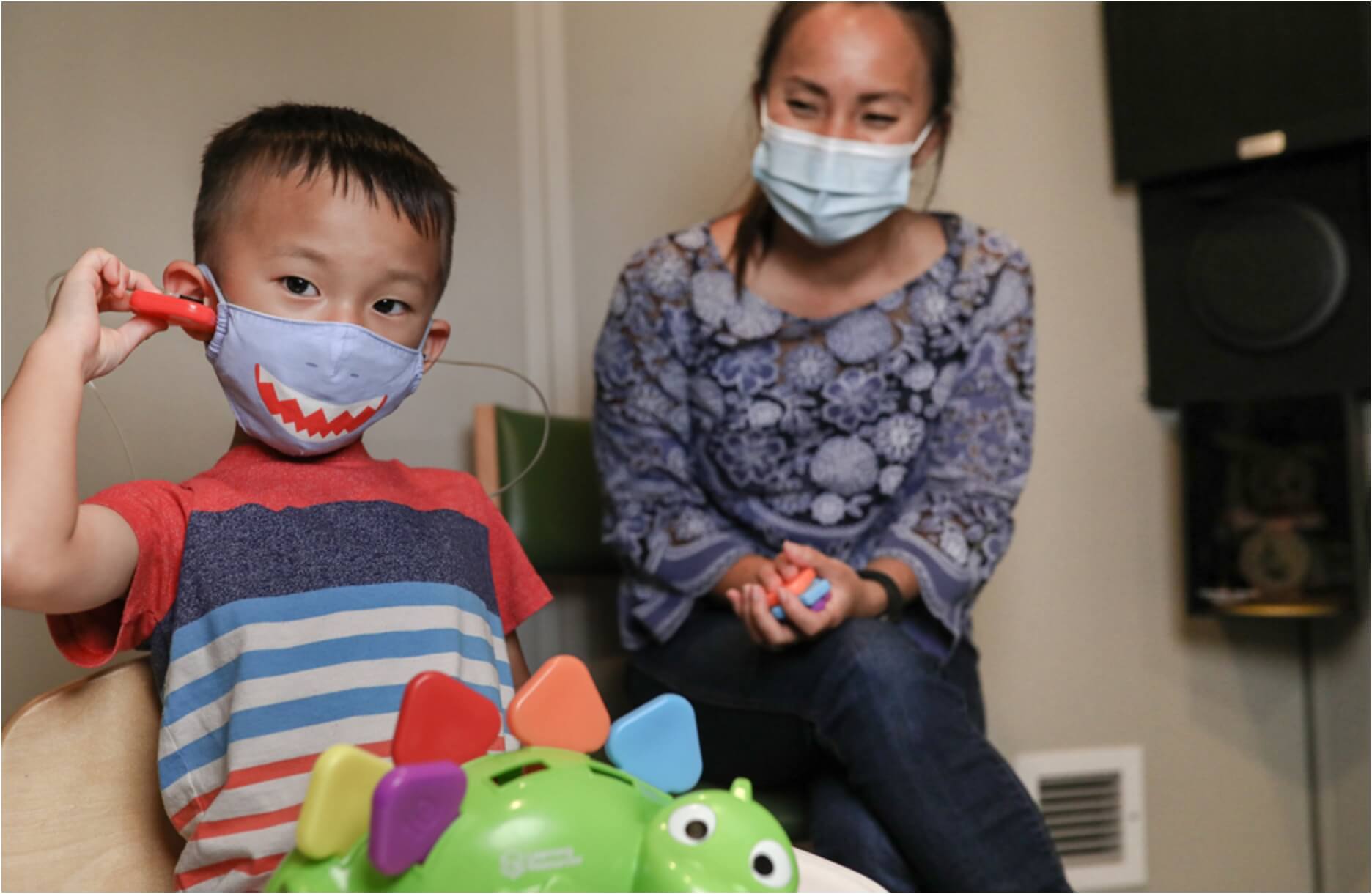Picture Story Instructions: Tips for Parents
The goal of our picture story is to tell your child what to expect during their visit. However, there may not be a picture for everything your child will experience with us. We recommend that you remind your child that they may see a different staff person than the one in the picture. Depending on your child’s comfort level, the steps in the story may be done in a different order than the way they’re shown in our story.
Below are several ways you can help your child use this picture story:
- Review the picture story with your child several days before the appointment. Show them the photos of where they’ll be going for the appointment and what they’ll be experiencing.
- Encourage your child to ask questions, and try to answer them as best you can. Also encourage your child to review the picture story on their own.
- Encourage your child to identify parts of the appointment that might be stressful for them, and work with your child to develop coping strategies that will help at these times. Notify your audiologist if there is something particularly worrisome for your child.
If you can, practice some of the steps in the story with your child before the appointment. Some of the things you can practice are:
- If you have a toy doctor kit at home, you can use this to show your child the ear light and how it’s used to look in their ears. Demonstrating on a doll or a stuffed animal first may help.
- If you have headphones or earbuds, have your child practice listening to music through them. If they’re resistant to having them put on, hold one up close to their ear so they can at least hear the music.
- You can have your child practice listening for sounds by holding a toy up to their cheek. Then you can either say “beep-beep-beep” or tap a spoon onto a glass and instruct your child to put the toy into a bowl every time they hear that sound.
Important Tips:
- Choose just a few things to practice based on what you think will be most effective for your child. You don’t need to practice everything.
- If your child doesn’t respond to a strategy after two or three tries, try a different one.
- If your child shows signs of distress while practicing, stop the practice session and try again later.
- If there are things that are comforting to your child (for example, a stuffed animal), feel free to bring them to the appointment.


